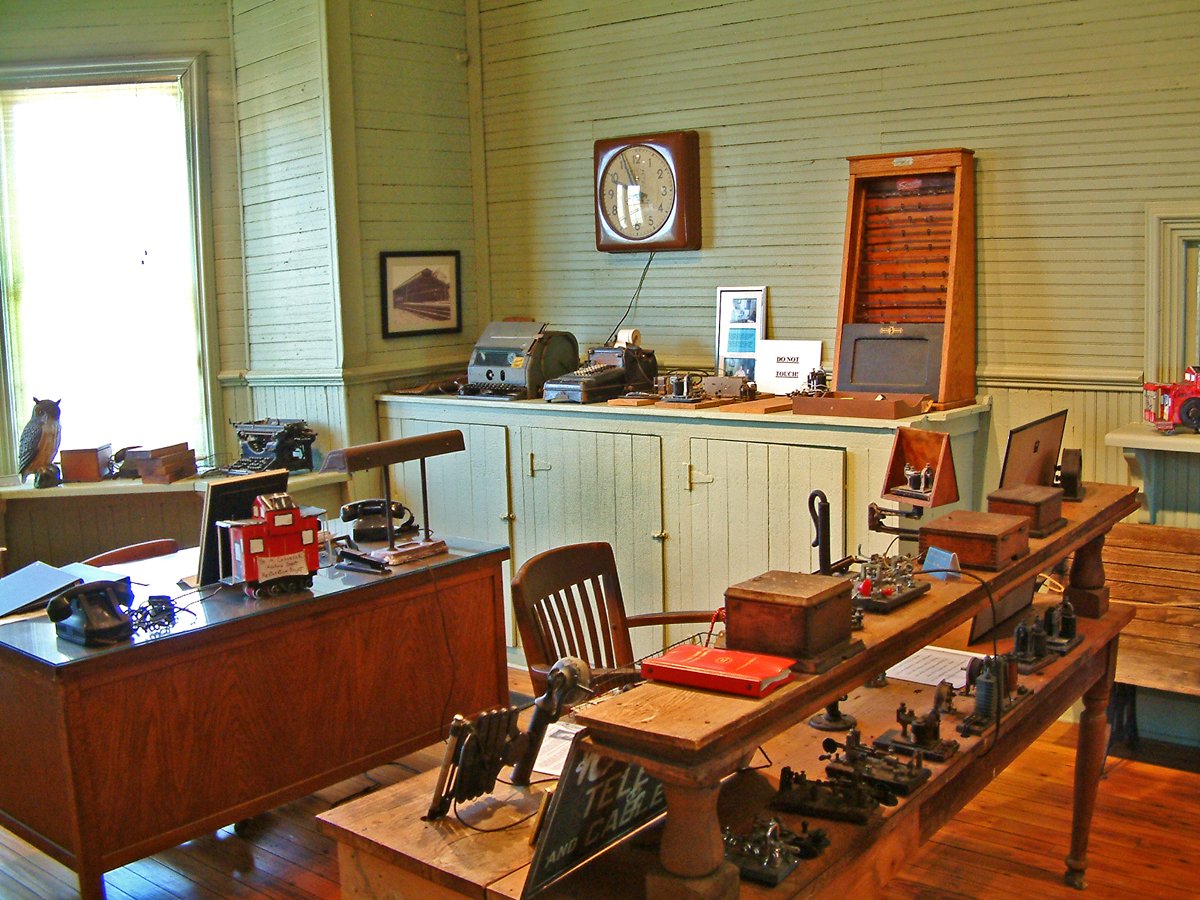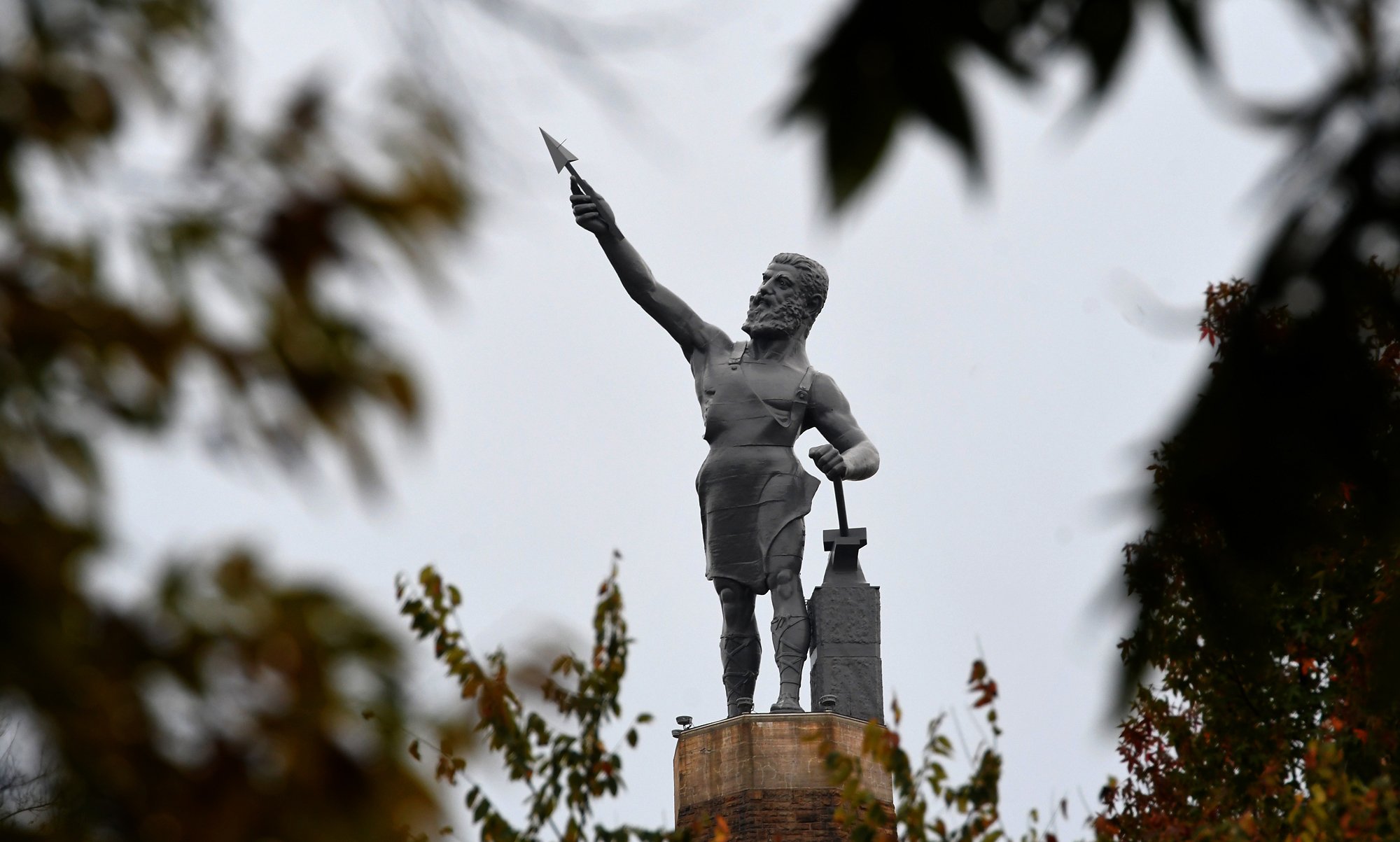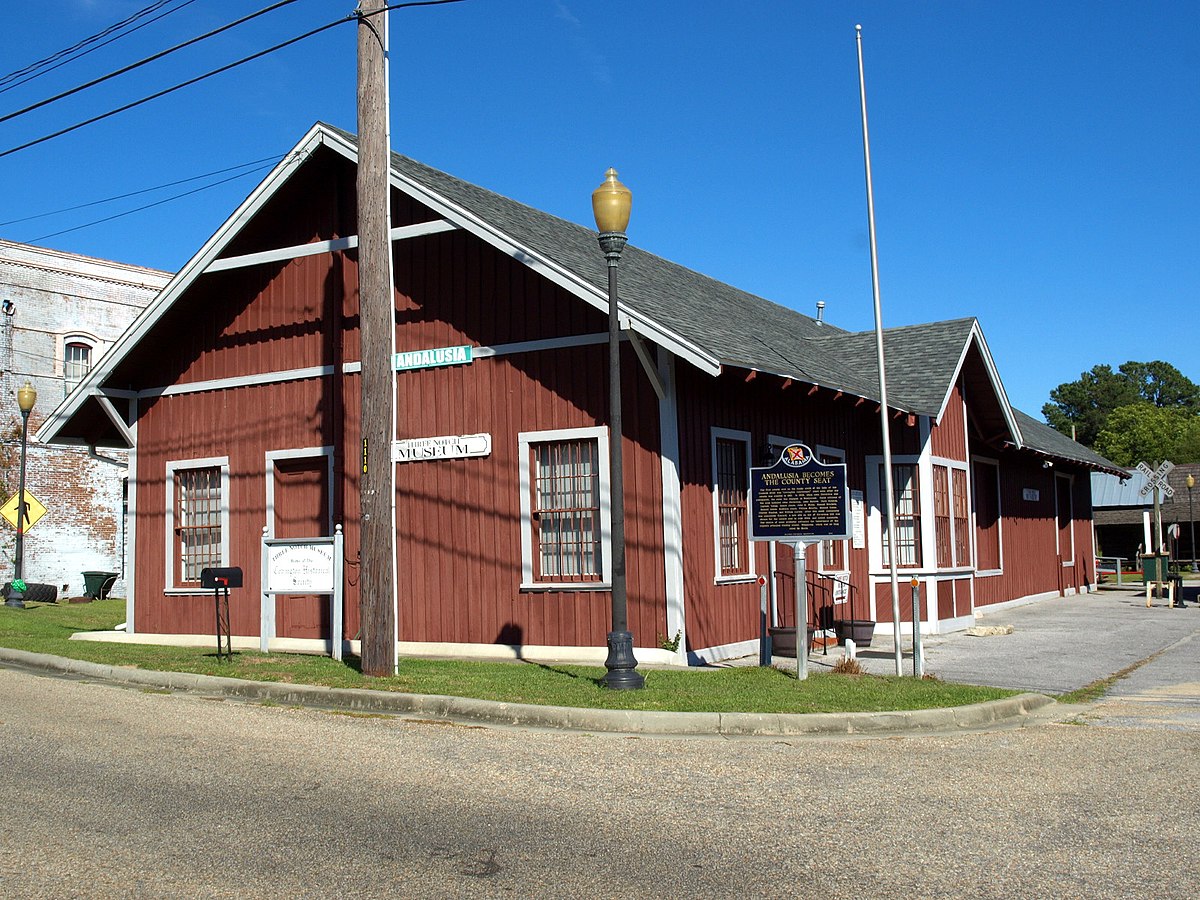The Guntersville Museum Looks Like An Old Castle
The Guntersville Museum is situated on the southernmost point of the Tennessee River, and its proximity to Lake Guntersville makes it rich with history.
This 69.000-acre lake is the largest lake in the state of Alabama, and it has been used for centuries by early Native Americans.
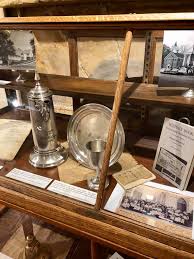 Exhibit at the Guntersville Museum
Exhibit at the Guntersville MuseumBecause of this, the museum acts as a living repository to capture this history.
It will take its visitors to several parts of the area’s history that includes numerous artifacts from these early Native’s, as well as several local personalities.
The museum’s is located in the former armory in Guntersville and is operated by the city.
The address is 1215 Rayburn Avenue.
The History of the Guntersville Museum
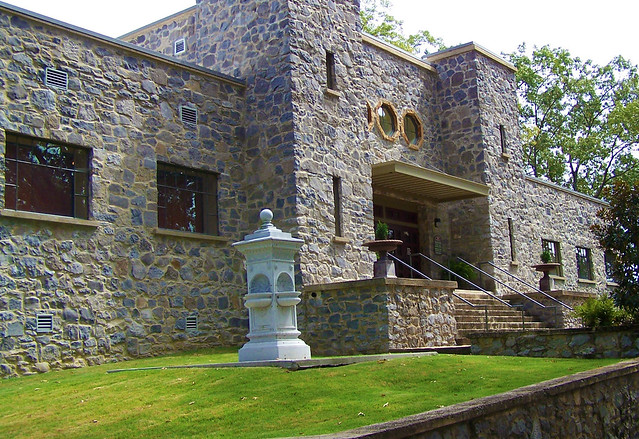 The Guntersville Museum in Guntersville Alabama
The Guntersville Museum in Guntersville AlabamaLocated southeast of Huntsville, the Guntersville Museum has a very interesting history.
The town it is located in has a very rich history with its massive lake and used to be known as both Gunter’s Ferry and Gunter’s Landing.
Its original location was the vacant Episcopal Church, but it was moved to the former Armory in the year 2007.
The Guntersville Armory, which almost looks like an old castle, was built in 1936 as part of the Government’s Works Progress Administration.
It was built to house Company E of the 167th Infantry, of the Alabama National Guard.
Once it was completed, it was used for drills, training, as well as classroom instructions.
In the 1970’s a new armory was built, and this older building was turned over to the City, where it was used as the local fire station.
It was renovated in 2006, and once it was completed, the Guntersville Museum was relocated there.
It had outgrown its space in the old church, and this building was a perfect fit to house a museum as the building itself was listed on the National Registry of Historic Places.
The Guntersville Museum was officially founded in 1990, when the city established a board to start, as well as maintain a non-profit museum to showcase its history.
The building is a castle-like structure made from limestone that has walls that are more than a foot wide in thickness.
It draws about 6,000 visitors each year and is considered to be one of the better of the Alabama smaller museums.
The Exhibits at the Guntersville Museum
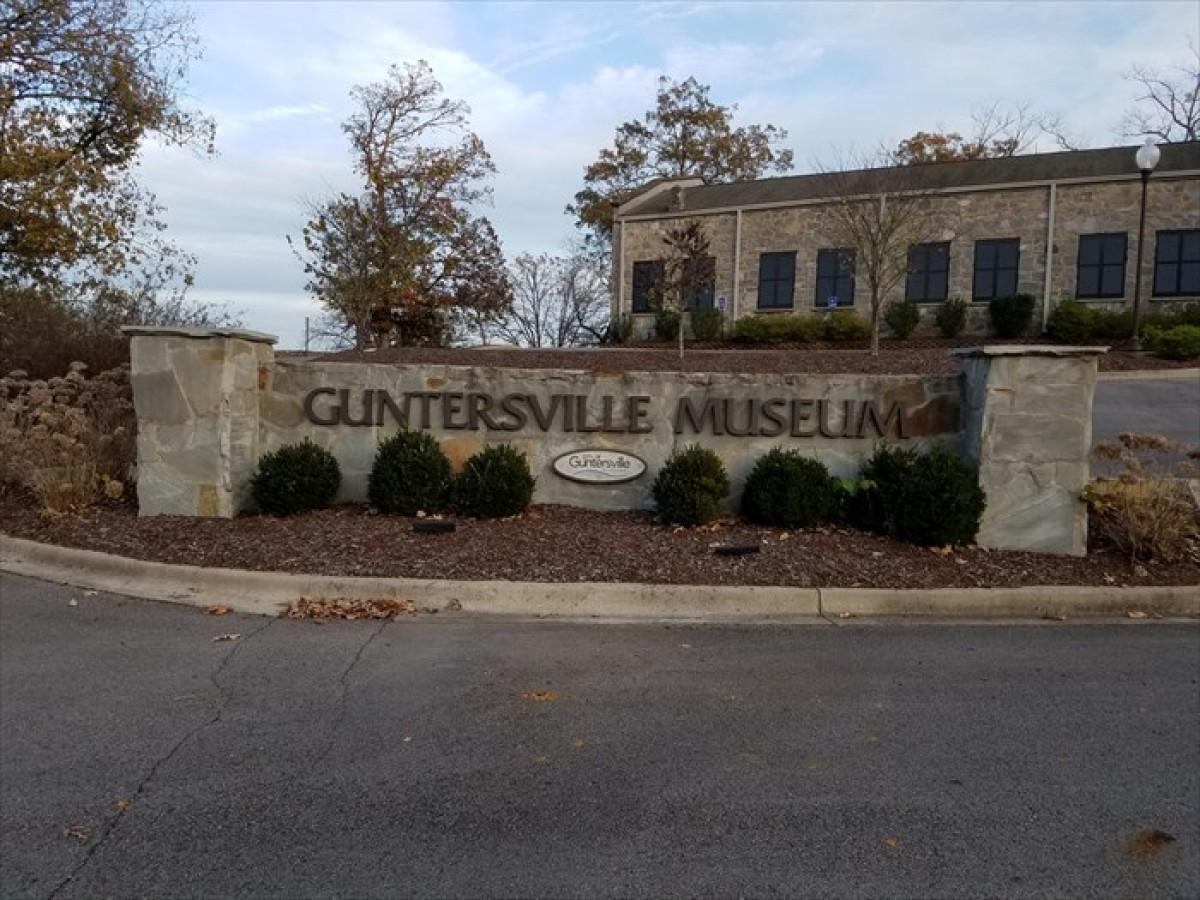 The Guntersville Museum Sign
The Guntersville Museum SignThere are several interesting exhibits at the Guntersville Museum, and they include the following:
- Guntersville History Exhibit
- Bessie’s Bird Exhibit
- The Native American Room
- The Wyeth Room
- The Fine Arts Collection
The Guntersville History Exhibit
The first exhibit at the Guntersville Museum is the exhibit that features the history of the town itself.
This exhibit takes the visitor though the local history as well as the more recent past.
One of the most interesting displays is the “Mississippi Bill” Harris fishing boat.
This 12 foot boat is believed to have traveled literally thousands of miles on the local rivers, and it part of the folklore in the region.
It also has displays that show the visitor what life was like in the 1800’s, as well as a look at the construction of the TVA damn located on Guntersville Lake.
This exhibit shows the visitor photos taken before, as well as during the construction of this dam, where once completed, it created over a thousand miles of Lake Shoreline.
Bessie’s Birds
The Bessie’s Bird exhibit is part of the museum's natural history collection, and features displays of birds that are native to the area.
These birds were collected and mounted by Bessie Rayburn Samuel in the 1920’s, and they are considered to be a local treasure.
They used to be displayed at an old elementary school and are one of the favorite exhibits by the locals.
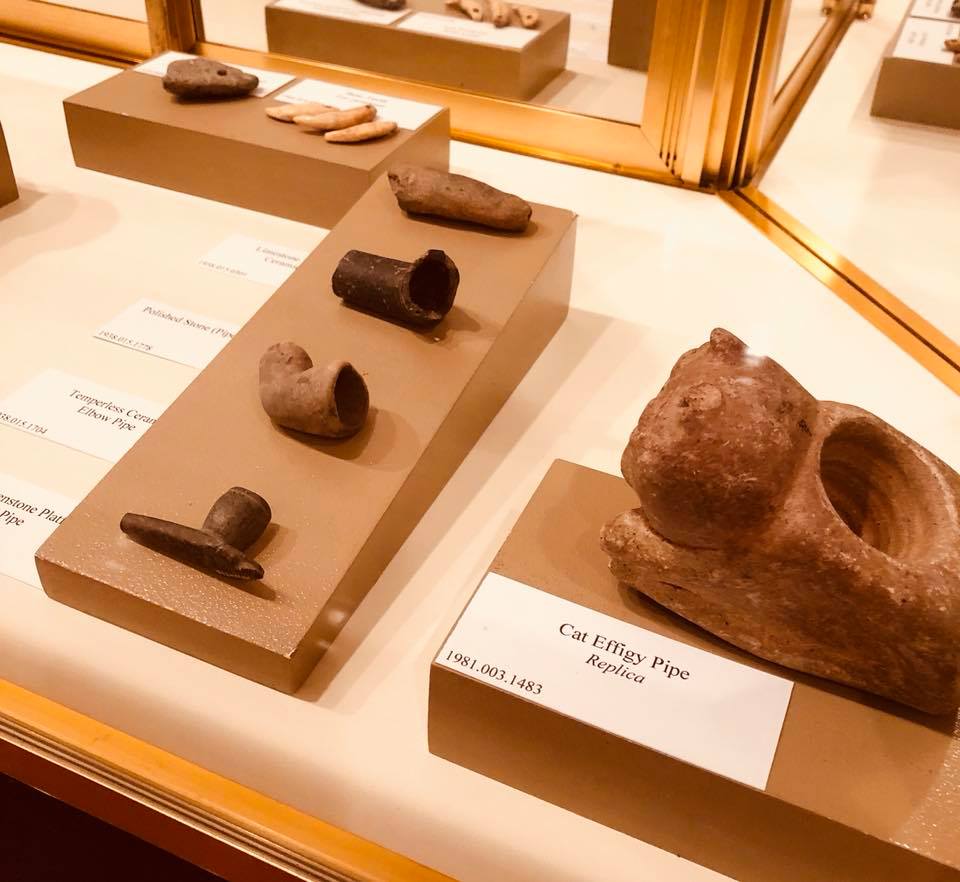 Native American Artifacts
Native American ArtifactsThe Native American Room
The next exhibit at the Guntersville Museum is the Native American Room, which displays numerous artifacts from the Percy Barnard Collection.
Some of these Native American artifacts are believed to be thousands of years old, and include pots that were used for cooking, as well as tools.
They also include numerous arrowheads, beads, as well as several body ornaments.
Mr. Bernard had no formal education and was considered to be self-taught, and for over 40 years he collected anything he could on Native American Cultures.
His collection included several books, as well as over 4,000 artifacts that he originally kept in a display area in his home.
These artifacts take the visitor through these cultures' rich history in this area, and when he died his son donated the collection to the museum.
The Wyeth Room
The next exhibit is the Wyeth Room, which is dedicated to members of some of the first settlers in the area, the Wyeth family.
Mr. John Wyeth was a surgeon who gained national recognition and was one of the early presidents of the American Medical Association.
He invented the first surgical table that was made locally, and the original is on display in this exhibit.
Also on display is a very extensive genealogy of his entire family.
The Fine Arts Collection
The next exhibit at the Guntersville Museum is the Fine Arts Collection, which features the original artwork done by a native Frank Nelson.
Mr. Nelson was a nationally acclaimed artist and has several still life watercolors on display.
It also has on display works by the folk artist Michael Banks, as well as one of the best-known wildlife artists in the nation, C. E. Monroe.
Mr. Monroe was considered to be one of the nation’s best known wildlife artists, and he had several of his works displayed on magazines in the 1950’ and 60’s.
The Guntersville Museum also has an extensive gem collection, as well as several photos from the late 1800’s.
These photos include steamboats, local families and homes, as well as some of the first schools and churches in the area.
The museum also has several temporary exhibits that rotate during the year.
Located on the Museum grounds is an old log cabin, the Culbert Log Cabin, which was built in 1836 in a different town, and later moved to its current location.
It was relocated to outside of the museum for the 1976 Bicentennial Celebration.
All of these exhibits and the beautiful site they sit in make this one of the best of the Alabama smaller museums.
References
https://www.guntersvillemuseum.org/

Alabama Gift Store
Numerous Items for You and Your Family to Enjoy
See it here at the Gift Store
Copyright 2019-2023 Alabamabackroads.com
All Rights Reserved
